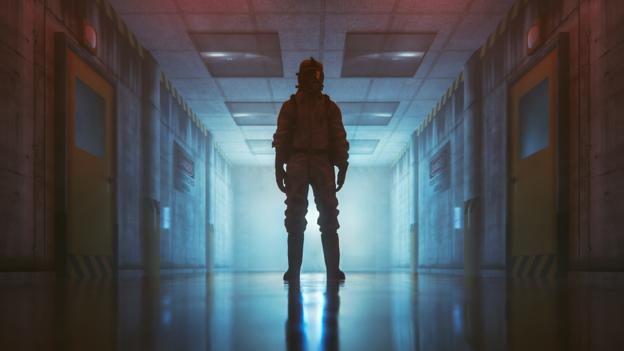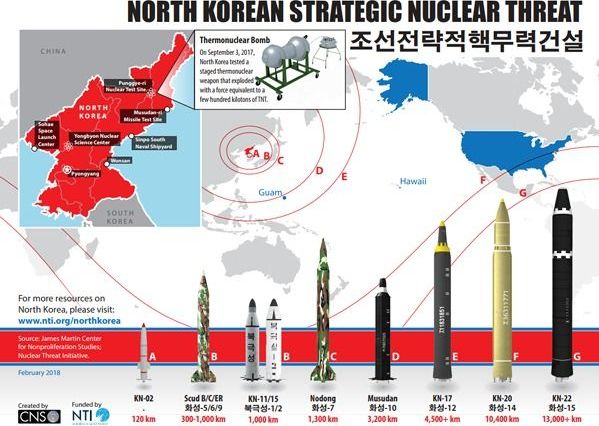Most preppers are not in fact preparing for doomsday – they’re everyday people who anticipate and try to adapt for many conditions of calamity; conditions that they believe are inevitable and have been exponentially escalated through human hubris and excessive reliance on technology and global trade networks. While the disasters they anticipate might – at the more extreme end of the spectrum – include major “resets” like an all-out nuclear war or a massive electromagnetic pulse from the Sun that would fry our fragile electronics, most preppers stockpile for low to mid-level crises like the one the world is experiencing now.
For some, the current crisis is a dummy run for long-term lockdown. Across the world, luxury bunkers are being built for a lucky few to survive calamity and collapse.









